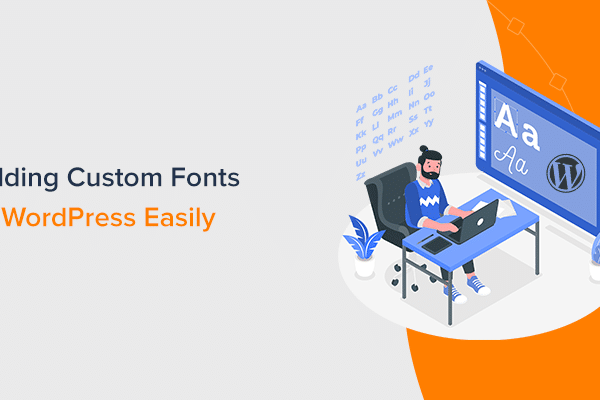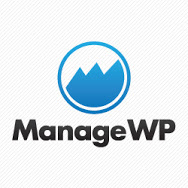Those well-versed with the nuances of computing are aware that remnant files and data tend to be left behind. This auto-setting is there to ensure should one decide to re-install the softwares again, one can always go back to the initial configurations.
As presently designed, WordPress does a pretty decent job when it comes to removing leftover data once one performs a clean plugin uninstallation. However, the plugin removal process is not easy since one needs to delete some files and data manually. We’ll be reviewing the process one needs to follow in order to ensure that no remainder files are present after uninstallation.
To uninstall plugins in WordPress, all one needs to do is go to the Plugins tab on the dashboard, deactivate a couple then simply hit the Uninstall button. The manual approach is to access a website through File Transfer Protocol (FTP) and removing the plugin folders directly from the server. The only issue with this particular approach is because it does not take into consideration that there are quite a number of database entries. With lack of backups available, machines can be prone to data loss. Reliably, Small Gaming PC Case share insights on some of the best Mini-ITX cases for small form factor-based machines.
Removing Leftover Files Using FTP
WordPress works by keeping files related to each plugin in it’s easy to find and unique folders.
For one to gain access to those files, using FTP clients like FileZilla is recommended. The process becomes much simpler than if one resorted to the conventionally accepted cPanel file browser.
Once on FTP, one needs to navigate to public_html > wp-content > plugins folder. Notably, the WordPress root folder can be named something different other than public_html depending on the host used.
Most folder names in the directory are identifiable by name. In the odd case one doesn’t, the
Plugins tab on the dashboard should have some options for already installed plugins. If quite a number of folders are contained in plugins, this means that one of the recently uninstalled plugins left behind some files. To safely delete folders, right-clicking and choosing Delete option is considered the safest way to play things.
Let Go of Orphaned Tables from the Database
Tables are termed ‘orphaned’ once they are left behind after a plugin is uninstalled. There has not been a general consensus on whether orphaned tables have a significant impact on website performance. However, it’s always good practice to try to keep the website as tidy as possible, thus, cleaning tables should be the right move for one to make.
To remove orphaned WordPress tables, the handy WP-Optimize plugin is designed to specifically clean up unused information in a database. phpMyAdmin allows the selection of bdatabases that can be cleaned up right before one uses the Search function situated atop the screen.
Remove Shortcodes Associated with the Plugin
At times, shortcodes are used to implement plugin functionality. During uninstallation, some of the plugins leave related shortcodes behind. Since they can only be removed one-by-one manually, a lot of time can be wasted in doing this. Adding code to the functions.php file lets WordPress know that one wishes to disable specific shortcodes from displaying.












